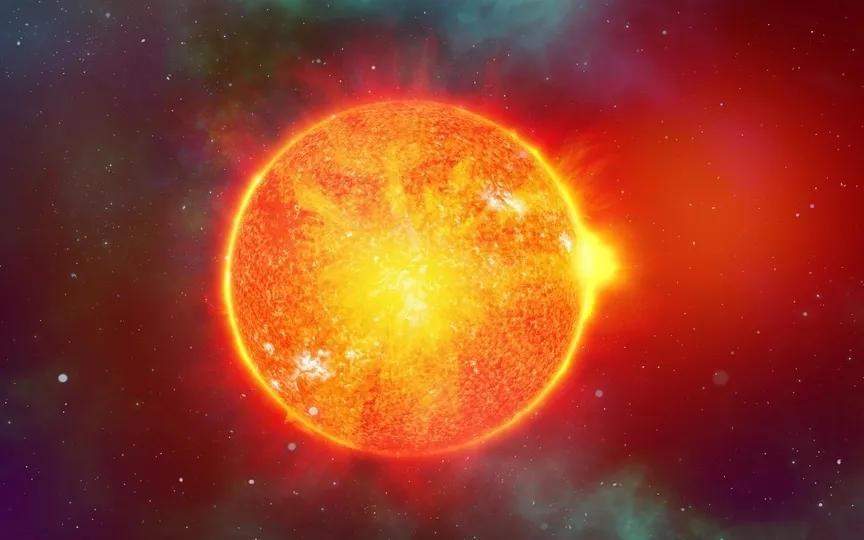NASA reveals that Earth is at risk of an X-class solar flare from sunspot AR3576
The occurrence of X-class solar flares has been on the rise in recent months, which can be attributed to the upcoming peak of solar cycle 25 projected to occur in 2024-25. On December 31, the NASA Solar Dynamics Observatory (SDO) recorded the most powerful solar flare in seven years. This flare originated from the same sunspot that emitted another X2.8 solar flare on December 14. Currently, NASA has detected another potential threat of an X-class solar flare, and further details about this alert for Earth are available.
Solar storm warning
According to a report by spaceweather.com, NASA’s SDO predicts that a region of the Sun’s surface called Sunspot AR3576 has a “beta-gamma-delta” magnetic field that could trigger an X-class solar flare. At the same time, another sunspot, designated AR3583, has a “beta-gamma” magnetic field that can hurl M-class solar flares toward Earth.
The report states: “Sunspot AR3576 has a ‘beta-gamma-delta’ magnetic field that contains energy for X-class solar flares. The new sunspot AR3583 has a ‘beta-gamma’ magnetic field that can produce M-class flares.”
This solar storm threat comes just days after the Sun sent out 9 solar flares, one of which was an X-class explosion, as well as several filamentary bursts. It was a circumscribed explosion and is part of the ongoing S1 radiation storm.
Class X solar flares: are they dangerous?
X-class solar flares can cause radiation storms that can not only damage satellites, but also give small doses of radiation to people flying in airplanes at the time! Additionally, these destructive flares can disrupt global communications and bring down power grids, causing blackouts.
If the X-class flares are too powerful, they can lead Earth into loops ten times the size that jump off the Sun’s surface as magnetic fields cross, according to NASA. When these loops recombine, they can produce as much energy as a billion hydrogen bombs!




